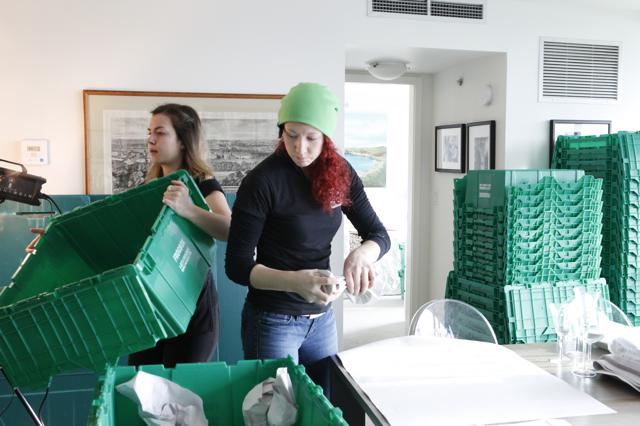You may be moving a few blocks away just in Metro Vancouver or all the way from Vancouver to the Island or even to Kelowna. Everything can happen on the way and we want to save you another stressful factor during your moving process.
“The suitcase”
Prior to our residential packing day, we always ask clients to have a “moving day suitcase” ready. In this suitcase, you should pack essential items like medication, MSP card, some clothes and toiletries, a towel, important documents and yes -passports! This bag will go with you. Never send it in the moving truck. No matter the distance of the move everything can happen! (We have a full list here below)
Major weather event like the one we experienced in BC in November 2021 when major roads washed away and metro Vancouver disconnected from the entire country, can happen on a small scale and if it impacts you it doesn’t matter how many others are in the same boat, you want to be ready.
In fact, it is a major event if it happened to you and impacts you.
- We have had clients that couldn’t unload their belonging because the house flooded overnight in Victoria BC.
- We have had clients that last-minute city permits or toxic hazards prevented them from entering their new home.
- We have had clients that couldn’t reach their new homes because of wildfires in the Okanagan during the summer.
- We have had clients that left for the Okanagan In November 2021 and were waiting for the truck to arrive, but the roads were washed and that delayed their move by 3 weeks.
Always have an essential belonging in a suitcase – thinking what will you need if you are going for a few nights somewhere?
Here is a list of essential items you should carry with you in the car on moving day:
- Car keys
- Passport
- Toiletries
- Clothes for 2 days
- Towels
- Medication
- Baby’s food and diapers
- Important documents (related to the house, contract etc.)
- Cash
- Credit cards
- Chargers!
- Back up for your computer files.
- Snacks and
- Cutlery/ plates for the first 2 days after the move.
“The plan B”
Now when you have a suitcase ready you can be separated from your belonging and still be stress–free.
Another thing we recommend especially when moving over to the Island and taking a ferry or moving to the interior. We always have a plan B for clients in case they will have to store their belonging for a few days or a few weeks. Imagine if they had to open packed boxes to find essential items they need for a few days? Or how expansive it can be to go and buy new clothes?
When our team arrives on packing day, the team leader will always do a walkthrough with you, to find out what essentials you wish to carry with you. If we find a passport or a charger, we will point it out and ask in case you just forgot. Most moves end up smoothly, but even then, after a long day, you shouldn’t be looking for your toothbrush in a box. You should just open a suitcase find everything you need and get a good sleep in your new home.
We pack – You relax


